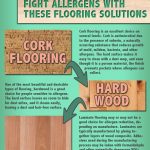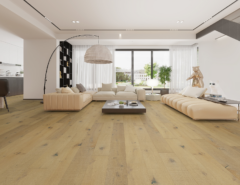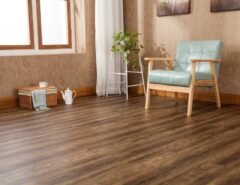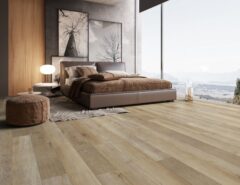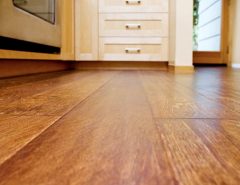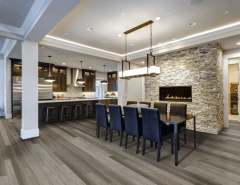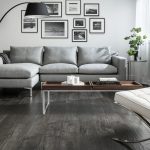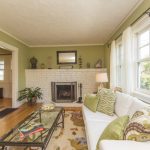In part 2 of What is Teak? you’ll learn about which species labelled teak are the most sustainable and reliable choices in hardwood flooring.
***
Traditional Asian teak is a wonderful and sustainable option for hardwood flooring. The challenge is, however, that the word ‘teak’ is applied liberally to many different types of woods. That itself is confusing. The reason that this moniker is so common is that many woods look and feel the same as teak, whether or not they are of the same species, and even bear some of the same physical characteristics.
Teak is a bit more challenging, however, because there is such a huge difference between real teak and the many different woods that are called teak in the trade. In many areas of the world, forest habitats are disappearing. There are efforts to replant trees, and these are becoming more common especially in the rainforest regions of the world. Not all regions, and not all species, have benefited from this forethought, though, and there are whole families of trees that are at risk, including those that are labelled as teak on the open market.
In this article, we’ll talk a little about the teaks and faux-teaks that are available on the market. Some faux-teaks, such as African teaks, have an highly endangered status. We’ll discuss the more environmentally friendly options that may be even better choices for your home hardwood needs and are readily available, such as true teak.
Here’s what to avoid
African teak trees, also known as Afromosia and Iroko, are one of the most at-risk tree species in the world today. Although African teak is not a true teak, which is more commonly found in Asia, these trees resemble that truly sustainable wood. These faux-teaks are often confused with true teak, which means that consumers may be unintentionally purchasing a hardwood floor that puts our environment at risk.
Why are many faux-teaks at risk? In many regions of the world including Africa, development efforts require new housing starts and new infrastructure. Demand for resources means that many traditionally wild areas are being stripped of their trees and minerals, and quickly. Both Afromosia and Iroko, two woods that bear many of the same excellent qualities as traditional Asian teak, are being used extensively because they are durable, easy to use, and because they look wonderful.
These are hardy, drought-resistant, and insect-resistant trees that grow quickly. They rely, however, on their seeds being processed through fruit bat ingestion and distribution. As cities get larger and bat habitats decrease, combined with overlogging, there are few Afromosia and Iroko forests left in sub-Saharan Africa.
Teak options that are beautiful and sustainable
The story of Afromosia and Iroko may be dire, but the fact of the matter is that there are many sustainable traditional teak and near-teak options that may be even better choices for your home, in terms of their qualities and their look and feel. Here are some of the choices that you might want to consider that are plentiful in nature and available globally.
Traditional teak, also known as Burmese teak, makes a fantastic material for an outdoor deck at home. It’s a wonderful option for structural timber and it has high resistance to rot, fungi and mildew. It ranges from golden to medium brown and it has a high level of workability.
Cumaru, also known as Brazilian teak, is a sustainable wood with outstanding durability and hardness, which means that it will last a lifetime in your home. As well, the grain can be sanded to one of the smoothest finishes available today. It is more dense and has a finer grain than teak, but it makes for an excellent flooring option.
Due to its workability as a hardwood, Australian acacia can be used for everything from floors to banisters, even to musical instruments. Like teak, it has a naturally lustrous golden brown color, and is considered to be an invasive species in its native country, so it’s a great option for a sustainable flooring choice.
Thinking about environmental impact
No matter what hardwood you choose, it’s worth thinking about the impact of your buying decisions on the environment. Personally, I think that Burmese and Brazilian teaks are just as durable but perhaps even more beautiful than their African cousins, so it’s not giving up anything to install a floor made of these woods.



